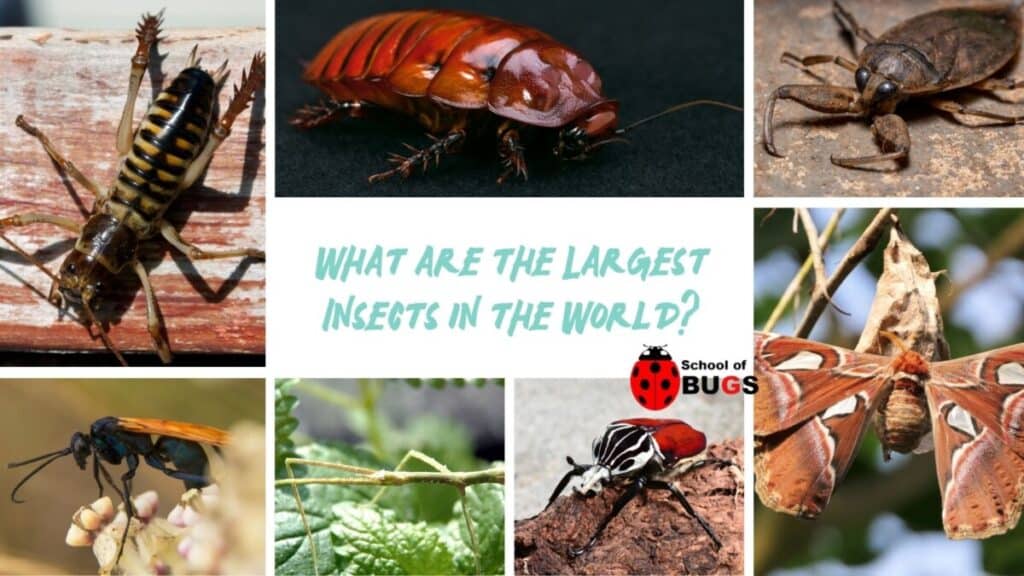
For the most part, the insects that we all encounter, whether as pests or outdoors, are not very big. Most of us will only ever encounter large, intimidating insects in science fiction or fantasy.
But there are some insects out there that grow to sizes we would not commonly associate with the bugs we are familiar with. So, what’s the largest insect in the world?
The two largest insects in the world are the Giant Weta bug, which is the heaviest, and a range of stick insects, which are the longest. These insects are relatively harmless to people and do not infest homes.
When we think of insects, we think of small creatures that are part of our natural world. If you are wondering what some of the largest insects in the world are, this is the guide for you.
Largest or heaviest does not always translate to dangerous, which is a welcome relief for many of these bugs. Read on to find out more.
Giant Weta (Heaviest)
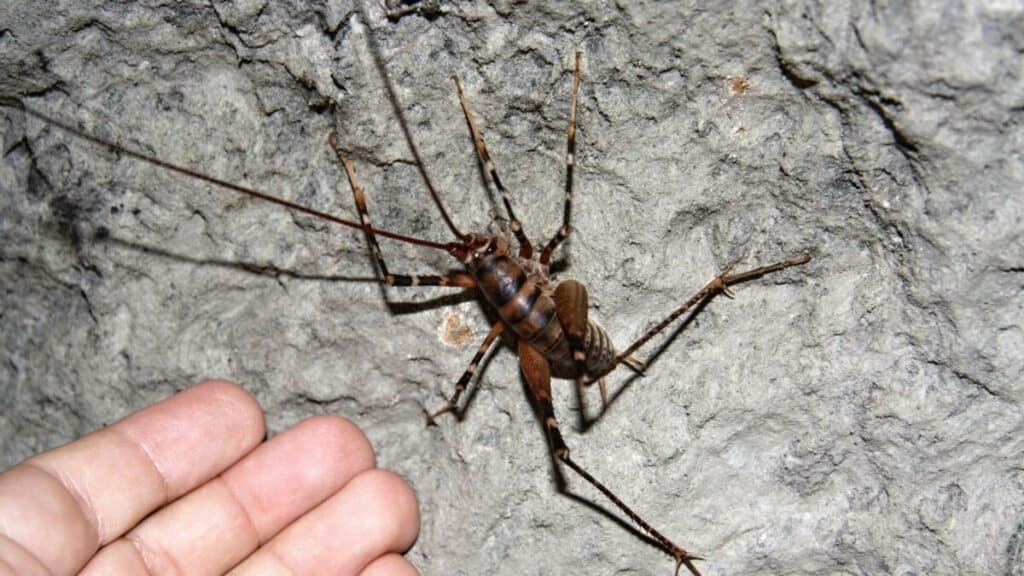
The Giant weta bug (Deinacrida) are actually an entire species of weta bugs that grow to stunningly large sizes.
This large, wingless cricket is native to the New Zealand islands where it is currently classified as a protected species.
Some of the largest studied Giant weta’s weighed nearly as much as a small bird, with a total length of 4 inches in length, which can be scaled up even more when factoring in antennae and total leg length.
Giant wetas live their lives much like normal crickets you can find anywhere in the world. The species is nocturnal and tends to live in grassy areas, caves, backyards during moist weather, and woodlands far away from industrialized populations.
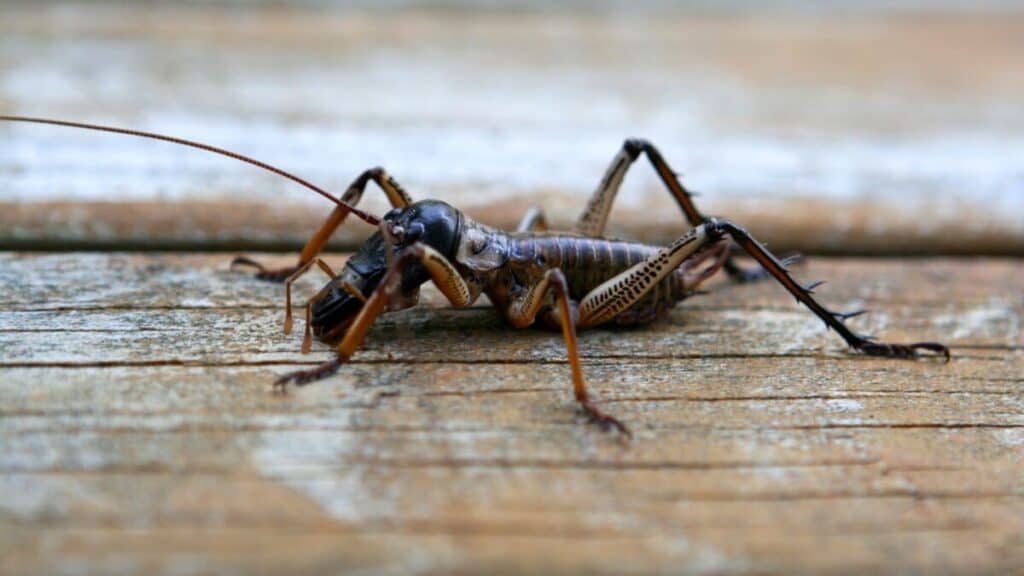
Giant weta is herbivorous insects and may feast on smaller bugs when they need an energy boost. Although this insect resembles a crawling crab from a distance, you can start to see its cricket characteristics up close.
Although it’s large and can appear quite creepy to some, it’s a harmless, beneficial insect to the natural environment.
The Giant weta can technically bite, but this is only ever a concern if it is being handled.
Stick Insects (Longest)
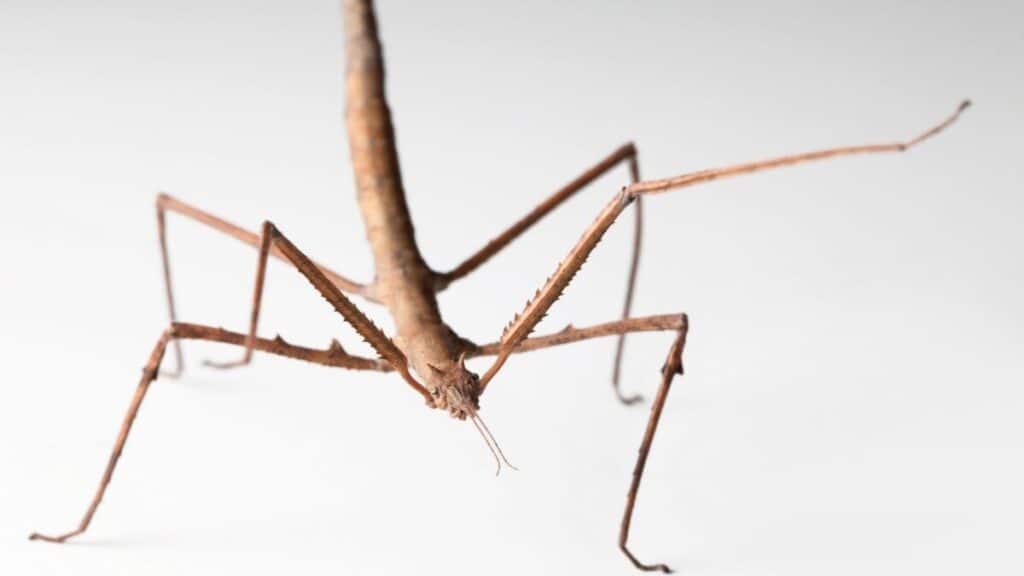
If Giant weta are the heaviest insects in the world, then stick insects (Phasmids) are certainly the longest. These bugs have earned the nickname walking sticks due to their thin, twig-like appearance which is a form of natural camouflage.
Some of the longest stick insects can measure up to 25 inches in length, which is quite an experience since many think actual sticks are moving around when they see them.
Like the Giant weta, stick insects are mostly herbivorous, and live their lives during the warm and hot months of the year.
Tropical and subtropical climates are the preferred homes of stick insects. As mentioned, the insects resemble trees and leaves as part of their evolutionary makeup to assist them in avoiding predators.
Upclose, the insects commonly resemble a praying mantis, which was once thought to be in the same class as stick insects.
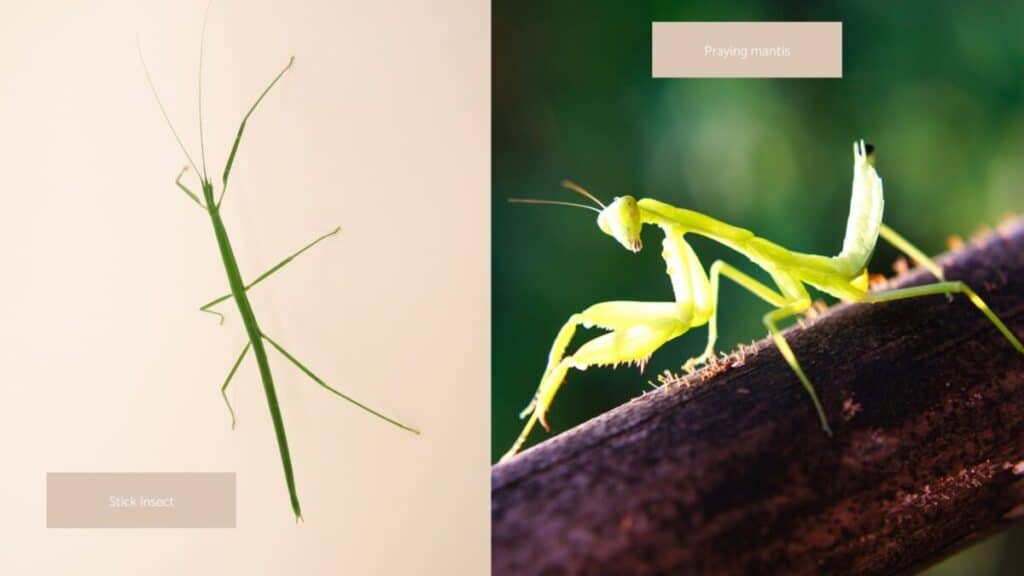
But stick insects are always longer and will resemble their surrounding environment. You also do not have to worry about stick insects biting you.
Tarantula Hawk
The Tarantula hawk (Pepsis) is a large species of wasp that is commonly known as a spider wasp. These wasps have that nickname for a good reason since they hunt and capture tarantulas.
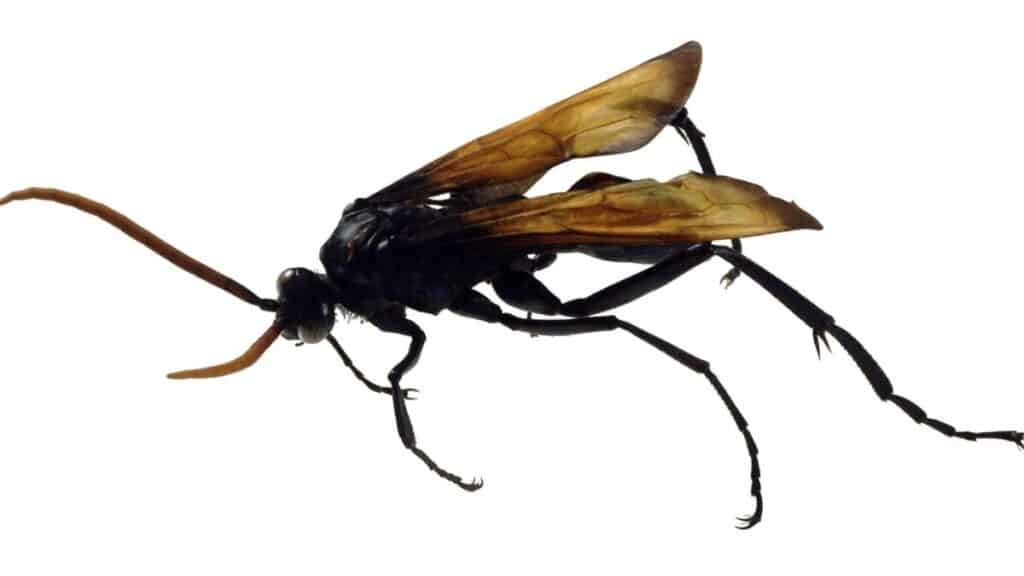
What is interesting–and terrifying for tarantulas–about this insect is that it does not outright kill or even eat tarantulas.
Instead, the wasp stings the spider to the point of paralysis, carries it into a safe nest, and lays an egg on top of the spider’s abdomen. As time passes, the egg hatches and the larva eat a hole into the tarantula’s abdomen.
Once inside, the larvae continue to eat the spider’s insides with caution so the spider will not die immediately. The larva then pupates and after a few weeks, turns into adult Tarantula hawks.
Now that you know why this wasp gets its name, its length is also quite impressive. At nearly 2 inches in length, the Tarantula hawk is one of the largest wasps on the planet.
This wasp tends to have a black and blue body and brown-tinted wings. Although these wasps rarely collide with humans, you will want to steer clear of this insect.
Its sting is known to be one of the most painful of any wasp in the world.
This insect tends to prefer arid climates, but some moisture in the air is fine. In the United States, the species is most common in the dry Southwestern region of the country.
Goliath Beetle
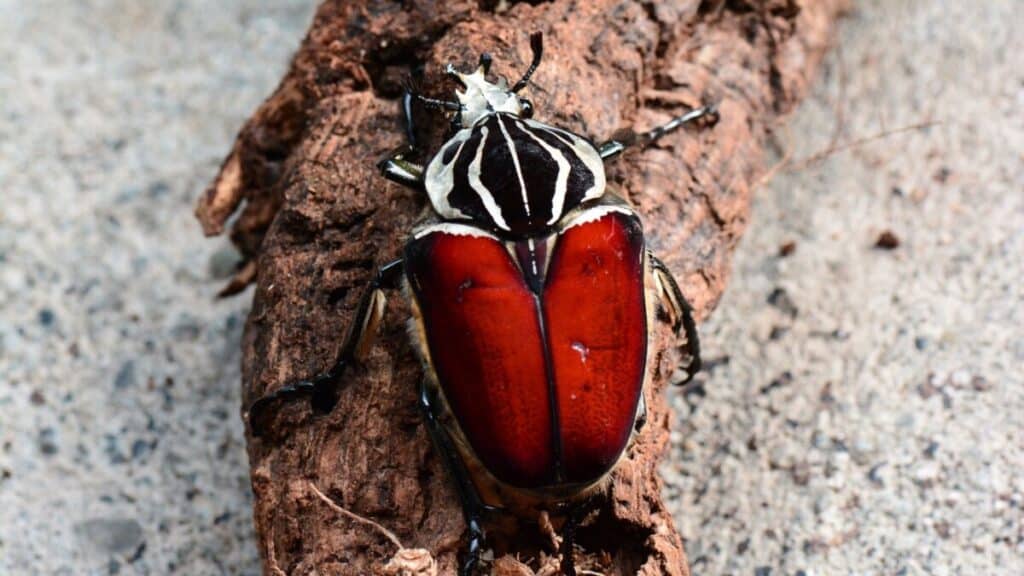
If you have ever looked at a list of the largest insects, chances are you have seen pictures of a Goliath beetle (Goliathus). This speckled, mosaic-colored range of 5 different beetles is primarily found throughout the African continent.
Goliath beetles range in size from 2-4.5 inches in length and come close to the weight of the Giant weta. Goliath beetles eat vegetation as well as other insects that provide them with the high levels of protein they need.
This insect does not have teeth, but its intimidating mandibles can deliver a blood-drawing pinch if they are handled.
Giant Burrowing Cockroach
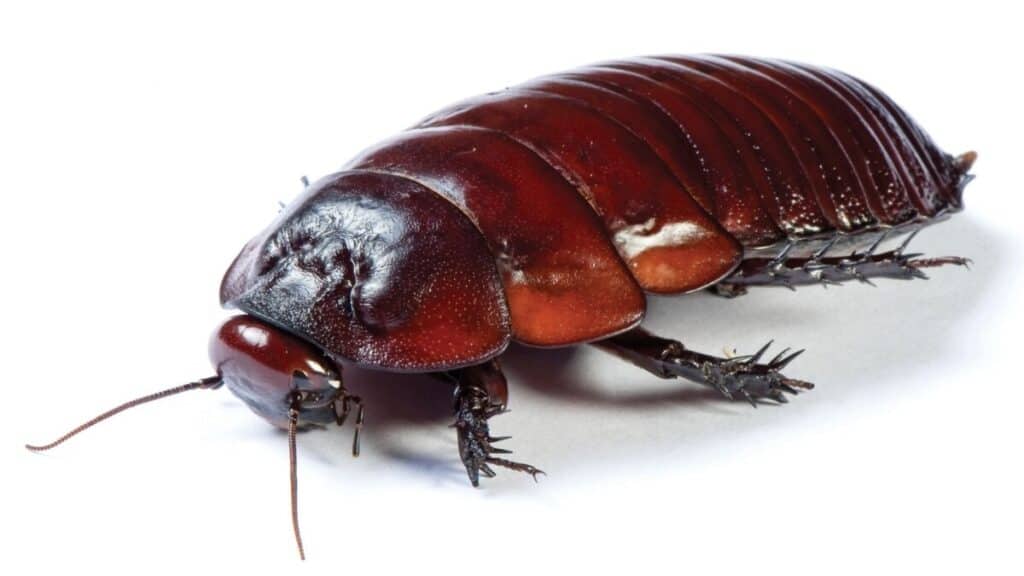
Out of thousands of species of cockroaches, it’s only the smaller ones you truly need to worry about in terms of infestations.
The Giant burrowing cockroach (Macropanesthia rhinoceros) is the largest wingless cockroach in the world, but you will have to go to Australia to find them.
This cockroach species is not a pest, and serves an important role in the environment thanks to its eating of decayed and rotted vegetation.
The species gets its name from burrowing a few inches into the dirt to create its home. This is made possible by their prickly legs which aid in moving large amounts of soil.
This species can also be kept as a pet, and you do not have to worry about picking up diseases or pathogens when handling this cockroach. These insects eat fruit or other vegetation when kept in captivity.
Atlas Moth
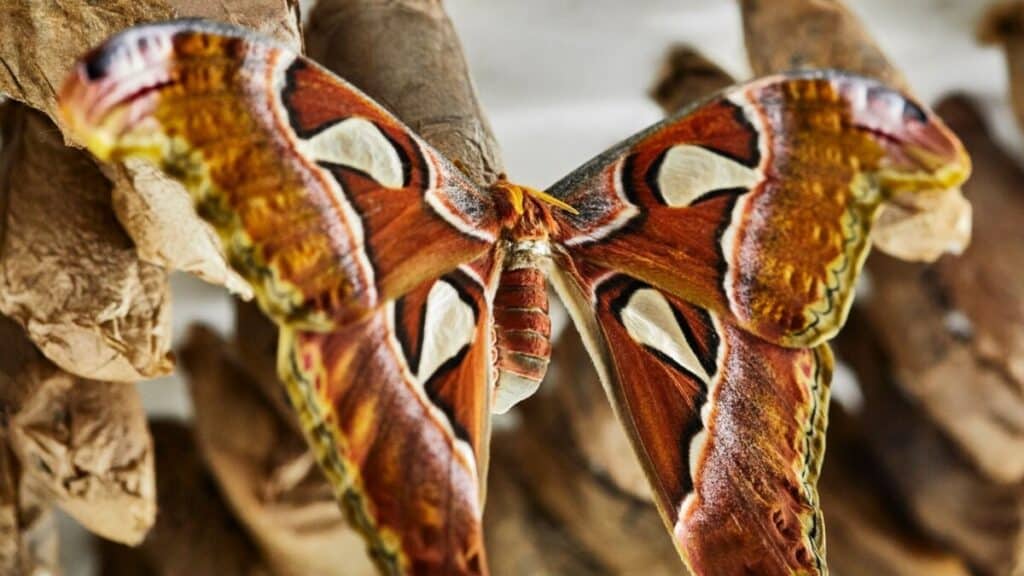
An Atlas moth (Attacus atlas) is one of the largest, and most beautiful, of all moth species. The wingspan alone of the Atlas moth measures nearly 10 inches in length, making the moth nearly the size of a medium-sized, outstretched human hand.
Found throughout the continent of Asia, this insect is also known for its myriad of color patterns found on the surface layer of its body and wings.
Faint hues of red, brown, white, black, and yellow are formed in lines, circles, squares, and vertical artistic patterns.
Like most moths, the Atlas moth does not eat as an adult, and instead relies on fat stores it accumulated during its caterpillar stage.
Apart from tiny Clothes moths and Pantry moths that destroy fabrics and spoil dried foods, most moth species are not pests, and this goes for the Atlas moth as well.
This moth species is not known to be a danger to humans, partly because it lacks a mouth or teeth.
Giant Water Bug
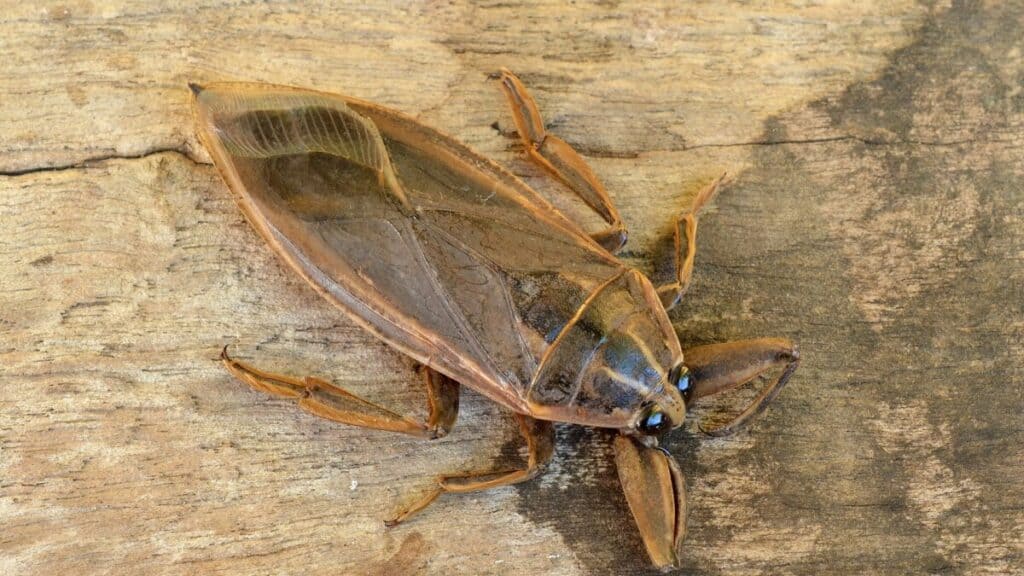
The Giant water bug (Belostomatidae) is sometimes mistaken as a large, aquatic cockroach by many. But this large (up to 3.5 inches) insect is not associated with roaches, even though they tend to look like them.
Giant water bugs typically live at the bottom of bodies of water where they hide themselves to wait for prey to swim by.
The insects then attack prey and inject a secretion through their saliva that paralyzes and digests prey.
Although not invasive to homes, Giant water bugs do sometimes bite swimmers on their toes, which has earned the insects the nickname toe biters.
This insect can be found throughout most of the world and can appear quite intimidating due to its large size.
What Was the Largest Insect in World History?
All of the above insects currently roam the Earth, but what was the largest insect that ever lived? That distinction belongs to an ancient dragonfly known as Meganeuropsis permiana.
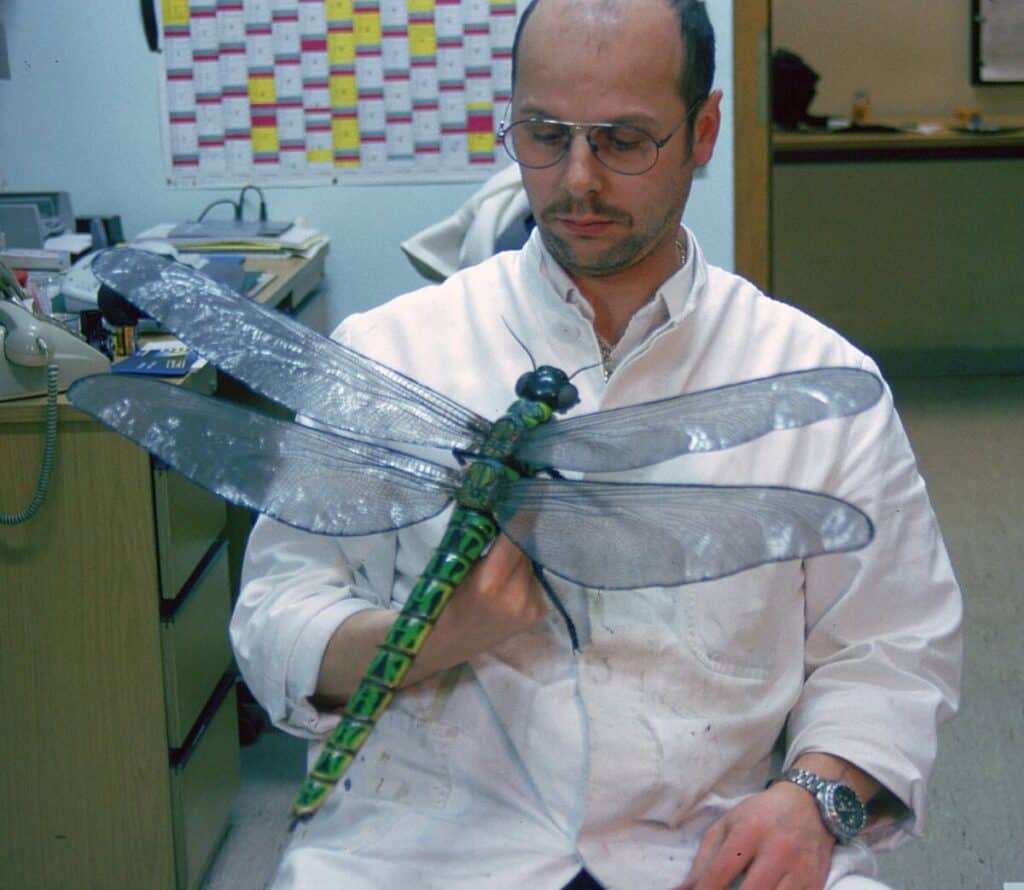
This dragonfly is believed to have gone extinct roughly 275 million years ago. The insect had a wingspan of a mind-boggling 2.5 feet in length!
Needless to say, this would have made for some problems had human beings co-existed along with it.
Like modern-day dragonflies, this extinct species likely also ate other insects of smaller and similar size. But its massive wingspan alone is truly impressive, and indicative of how large animals used to grow when humans did not roam the Earth.
What Is the Largest Pest Insect?
Of the various insects that infest homes, we often do not find ourselves concerned with their size. But it is worth thinking about since we are on the subject.
The largest pest insects are likely some species of cockroaches that infest homes. Of these species, the American cockroach is of considerable size. American cockroaches typically measure up to 53 mm in total length and can reproduce rapidly.
Most of the other insects that infest homes are quite small, which actually makes them a bit more difficult to eradicate.
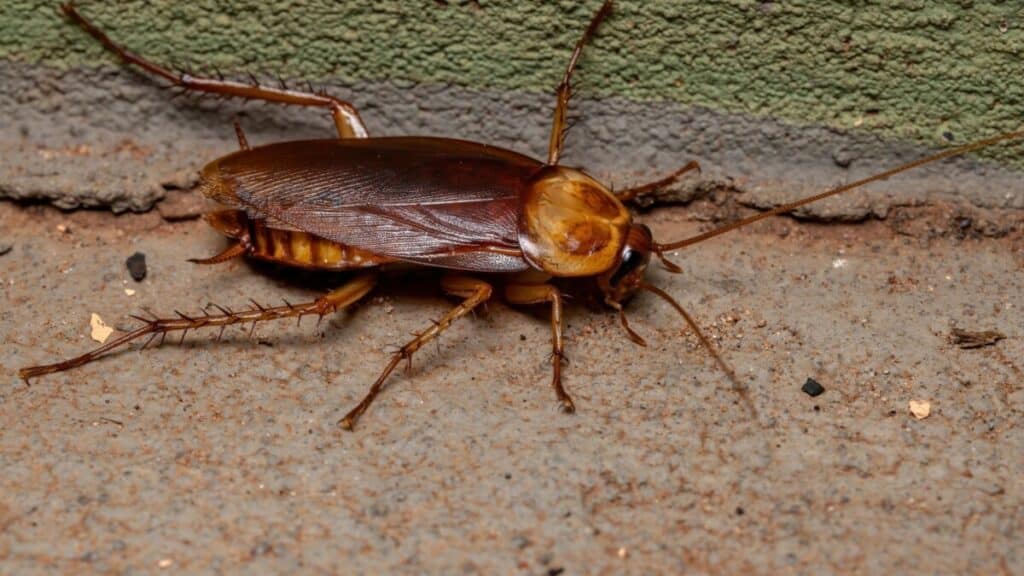
Summary
In summary, there are many insects in the world that have an alarming size, but certainly not as large as prehistoric, extinct insects.
The Giant weta and various species of stick insects are both the heaviest and longest insects in the world respectively.
Another key detail to keep in mind is that nearly all the insects mentioned are not inherently dangerous to humans.
Most of these insects are herbivorous, and you do not have to worry about any of these insects infesting your home.
Alright, that’s it for this article, here are a few hand-selected articles that you might also find interesting reads:
What Is The Largest Insect Swarm?7 Bugs That Can Survive Extreme Cold
7 Bugs With the Most Legs – You’ll Love This
Recent Posts
Tiny Black Bugs in Bathroom NO WINGS: What They Are and What to Do!
Finding tiny black bugs in your bathroom can be uncomfortable, to say the least. Especially if they are persistent, or they appear in very large numbers, which they often like to do. When it...
Tiny Black Bugs in Plant Soil - What Are They & What To Do About It
A short horror story: You get a new houseplant. You do your best to take care of it. You’ve ensured that it has the right soil, the right amount of sun, it gets enough water. And then one day, you...

